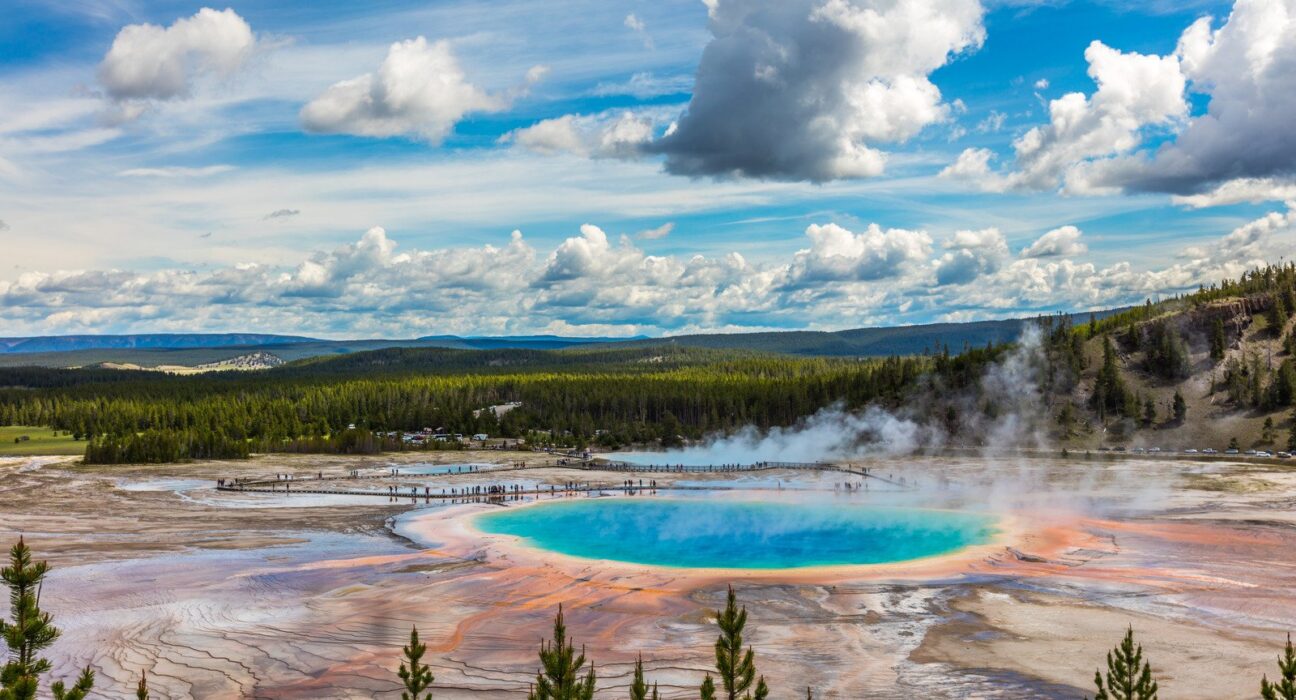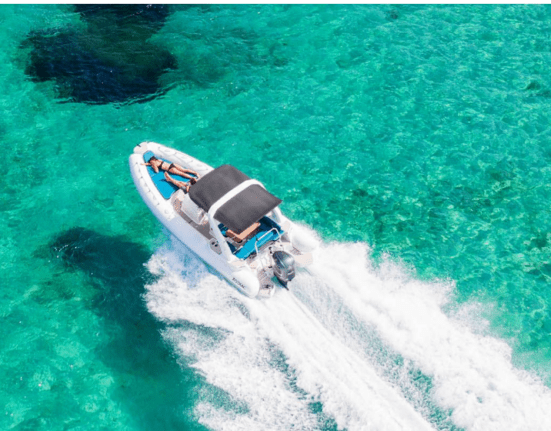Climbing a mountain or scaling a rock face. When you think of the word “mountaineering,” what comes to mind? Do you picture ropes and crampons? Climbing gear? High altitude? What are some of the other aspects that come with mountaineering?
Introduction: What is Mountaineering?
Mountaineering is a challenging and thrilling sport that can be enjoyed by anyone of any age, fitness level, or experience. Whether you’re a beginner looking for a new challenge, or an experienced backpacker who wants to explore new terrain, mountaineering is an activity for you. What You Need To Start Mountaineering: -A good pair of hiking boots -A strong back and legs -A map of the area -Enough food and water to last the day or two you’ll be trekking Mountaineering isn’t the easiest sport to get started in – it can be quite expensive to buy all of the gear needed and there’s no real shortcut to becoming a great mountaineer. However, with a little preparation and some hard work, anyone can become a competent mountaineer. Here are the basics you’ll need to get started: -Hiking boots: If you’re planning on doing any mountaineering at all, you’ll need good hiking boots. They need to be both tough and comfortable, so make sure to find a brand that fits your feet well. Be sure to size them correctly – many mountaineers recommend going up
History of Mountaineering
Mountaineering as an activity has a long and storied history. The first recorded ascent of a mountain was made by the Egyptian Pharaoh, Necho II, in the seventh century BC. The ancient Greeks were also avid mountaineers and many notable peaks were first scaled by them, including Mount Olympus and Mount Parnassus. In the fifteenth century AD, Marco Polo, a Venetian explorer, was the first European to summit Mount Everest. It wasn’t until 1853 that mountaineering as an organized sport began with the first ascent of Mount Rainier in Washington State by a group of British climbers. This classic climb forms the basis for most modern mountaineering trips. Over the next few decades, more mountains were climbed and new techniques developed, paving the way for what is now considered classic mountaineering – climbing mountains using all-terrain vehicles or on foot with supplemental gear such as ropes and ladders. Today, mountaineering is one of the world’s most popular outdoor activities with climbers from all corners of the globe taking on great challenges. Whether you’re an experienced climber looking for a new challenge or just want to learn more about this exciting sport, read on for
Requirements for Mountaineering
There are a few things you’ll want to take into account before embarking on a mountaineering expedition: -Know your physical limitations. Are you physically able to handle the rigors of mountaineering? Do you have the requisite stamina and strength? -Know your climbing skills. Are you comfortable and experienced in mountain climbing? Do you know how to use your climbing gear, including ropes and helmets? -Know the risks. What are the potential dangers of mountaineering? Are you aware of avalanches, rock falls, and other hazards? -Be prepared for cold weather. Mountaineering in cold weather can be dangerous, especially if you don’t have proper gear. Make sure to pack a warm jacket, pants, and boots.
How to Become a Mountaineer
Mountaineering is a very dangerous sport and should not be undertaken lightly. Before you even think about starting mountaineering, it is important to understand the basics of mountaineering and the risks involved. First and foremost, mountaineering is a sport that involves climbing mountains. This means that there are inherent risks in any climb, but mountaineering is especially dangerous because climbers are often forced to undertake extremely challenging routes in remote and hazardous locations. Before you begin your climb, it is important to have a good understanding of what you need to do in order to summit the mountain. You will need proper gear, including clothing, food, and shelter. You also need knowledge of the route you are taking and the conditions that may be encountered on your climb. Finally, you will need the courage to face danger and make decisions under pressure. If you have all of these things assembled before beginning your climb, you are ready to start! However, if you find yourself feeling anxious or afraid before beginning your climb, it may be best to postpone your expedition until later in the process. Once you have started your ascent, it is important to stay aware of your surroundings at all times. It is easy for accidents to
Hiking vs. Climbing
Mountaineering is a skill that can be taught but it takes time and practice to perfect. If you are looking to start mountaineering, it is important to understand the difference between hiking and climbing. Hiking is the easier of the two activities and typically offers a more leisurely experience. Climbing, on the other hand, is more demanding and requires greater skill and endurance. If you are new to mountaineering, it may be helpful to think about what you want out of the experience before starting out. Do you just want to hike to summit a peak or do you want to climb all of the peaks in your area? Once you answer this question, it will help you gear your backpack and gear selection for the hike accordingly. When starting out, it is also important to be aware of your surroundings. Many accidents occur when people are not paying attention to their surroundings. Make sure that you are following any safety guidelines that have been put in place by your mountain park or organization. Once you have prepared yourself physically and mentally for your first hike or climb, be sure to arrive well-rested and hydrated. The last thing that you want to do is rush yourself or put
Rock Climbing vs. Ice Climbing
Rock climbing is a great way to get out and hike up mountains, while ice climbing is all about ascending ice cliffs and peaks. Here’s what you need to know to start rock climbing or ice climbing: -Climbing shoes -A rope -A harness -An ice axe -A helmet
Types of Mountaineering
Mountaineering can be broken down into three types- technical, mountaineering, and traditional. Technical mountaineering is focused on ascending vertical obstacles using ropes and other climbing equipment. Mountaineering is a more all-around type of mountaineering that involves ascending peaks and other summits in the backcountry. Traditional mountaineering is a way of life that focuses on hiking in the mountains and learning about their ecology. The most important thing to remember when starting out as a mountaineer is to have fun. Do what makes you happy and explore the mountains around you. Be prepared for anything, but don’t be afraid to ask for help if you need it. It’s also important to be physically fit so that you can withstand the challenges Mount Everest and other high-altitude peaks present.
Equipment
When you’re ready to start mountaineering, there are a few things you’ll need. Here’s what you need to get started: 1) A good pair of hiking boots or boots with good traction. The type of mountaineering you do will determine the kind of boot you need, but a good option is to have both a lightweight and robust boot for different conditions. 2) A rope system. This can be anything from a simple single-strand cordon to an elaborate system with multiple ropes and carabiners. It’s important to have a reliable system that is comfortable and easy to use. 3) A map and compass. These will help you navigate your way on the mountain and keep track of your progress. 4) Sunscreen and lip balm. Mountaineering can be incredibly hot, so make sure you take precautions against sunburn and dry skin. And remember to reapply lip balm every few hours!
Conclusion
If you’re thinking about starting mountaineering, there are a few things you need to think about. In this article, we’ll outline the essentials of what you need in order to get started and then give you some tips on what might be helpful for your upcoming climbs. After reading this article, hopefully you will have a better idea of what you want out of mountaineering and be better equipped to find that perfect route and gear set up!







